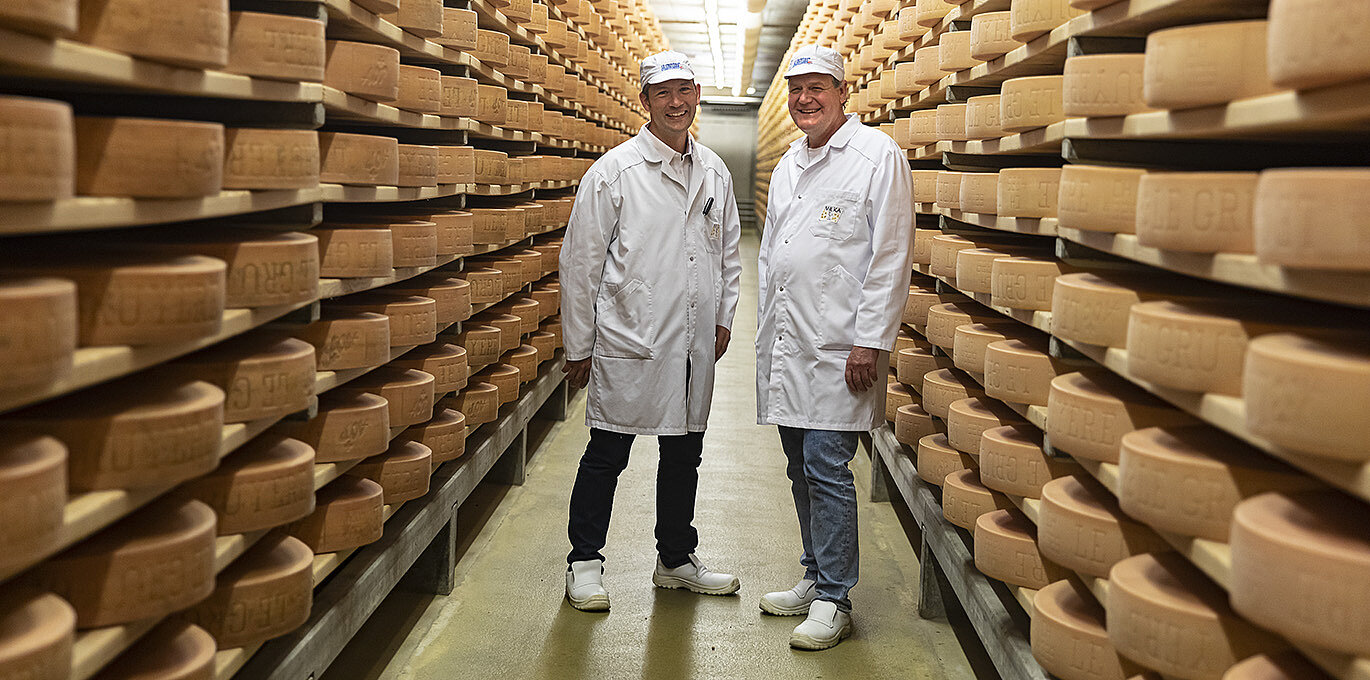Opening the Keys of Artisanal Cheese Making: A Step-by-Step DIY Overview
In the realm of culinary workmanship, artisanal cheese making stands as a testament to the fragile equilibrium in between practice and innovation. As we begin on this journey to demystify the art of developing charming cheeses, we are faced with a tapestry of skills and tricks waiting to be unraveled.
Picking the Right Milk
When embarking on the journey of artisanal cheese making, the selection of milk plays an important role in establishing the top quality and features of the end product. The kind of milk selected impacts the taste, texture, and generally account of celebrity. Raw milk, straight from the animal, is preferred by several artisanal cheesemakers because of its special mix of enzymes, microorganisms, and flavor compounds. Nonetheless, making use of raw milk comes with regulations and dangers, making pasteurized milk a more secure alternative for beginners.
Furthermore, the source of the milk, whether from cows, goats, lamb, or buffalo, contributes unique tastes and characteristics to the cheese. Each kind of milk brings its own subtleties, enabling for a wide array of cheese ranges to be crafted based on the chosen milk.
Culturing and Coagulating
To initiate the cheese-making process, the important steps of culturing and coagulating need to be carefully executed to change milk right into curds and whey. The type of culture utilized can substantially influence the flavor, texture, and ripening of the final cheese product.

The timing and temperature level control throughout culturing and coagulation are vital variables that influence the last end result of the cheese. Correct implementation of these steps is necessary to ensure the preferred structure, flavor, and consistency of the artisanal cheese being created.
Draining Pipes and Pushing Curds
After the milk proteins have coagulated and the curds have been reduced to launch whey, the next crucial action in artisanal cheese making includes draining and pushing the curds to accomplish the desired structure and uniformity of the final cheese product. The time for draining can vary depending on the kind of cheese being made and the wanted wetness content.
When the curds have actually adequately drained pipes, the next action is pushing. Pushing helps remove any staying whey and compacts the curds to form a strong cheese wheel. Pressing can be done making use of specialized cheese presses that use constant and gentle pressure over a time period. The duration and pressure used throughout pressing will affect the final texture of the cheese, from luscious and soft to difficult and company. Correct pushing and draining pipes are important steps that significantly impact the quality and qualities of the artisanal cheese being produced.
Aging and Flavor Techniques
Applying careful aging and flavoring strategies is crucial in boosting the depth and intricacy of artisanal cheeses, raising their preference accounts to beautiful levels of refinement and refinement. Aging plays a vital duty in developing the special flavors and structures that differentiate artisanal cheeses. During official source the aging process, cheeses are kept in carefully controlled atmospheres where elements such as temperature, moisture, and airflow are adjusted to motivate the development of advantageous mold and mildews and microorganisms. This controlled environment enables the cheese to grow gradually, developing abundant tastes and complex fragrances.
Flavoring methods also contribute dramatically to the final taste of artisanal cheeses. Cheesemakers may choose to present additional tastes by integrating components such as herbs, seasonings, or perhaps fruits right into celebrity during the manufacturing procedure. In addition, some cheeses are washed or massaged with different fluids, such as brine or alcohol, to boost their flavors and textures.
Covering and Storing Cheeses

Conclusion
In verdict, understanding the art of artisanal cheese making includes thoroughly selecting the right milk, adhering to exact culturing and coagulating procedures, draining and pushing curds effectively, and using different aging and flavoring methods. Remember to cover and keep your cheeses properly to make certain ideal taste and texture development.
Each type of milk brings its very own nuances, permitting for a broad array of cheese ranges to be crafted based on the chosen milk.After the milk healthy proteins have actually coagulated and the curds have been cut to release whey, the next essential action in artisanal cheese making involves draining and pushing the curds to attain the desired appearance and consistency of the final cheese product. A lot of cheeses ought to be wrapped in wax paper or cheese paper to permit them to breathe while protecting them from drying out. For cheeses that need to proceed aging, use this link such as bloomy rinds or washed peels, ensure they are kept in an awesome atmosphere like a cheese cave or a fridge set to the suitable temperature. By paying interest to the covering and storage of artisanal cheeses, cheese makers and lovers can maintain the stability of these specials and completely appreciate their complex flavors.